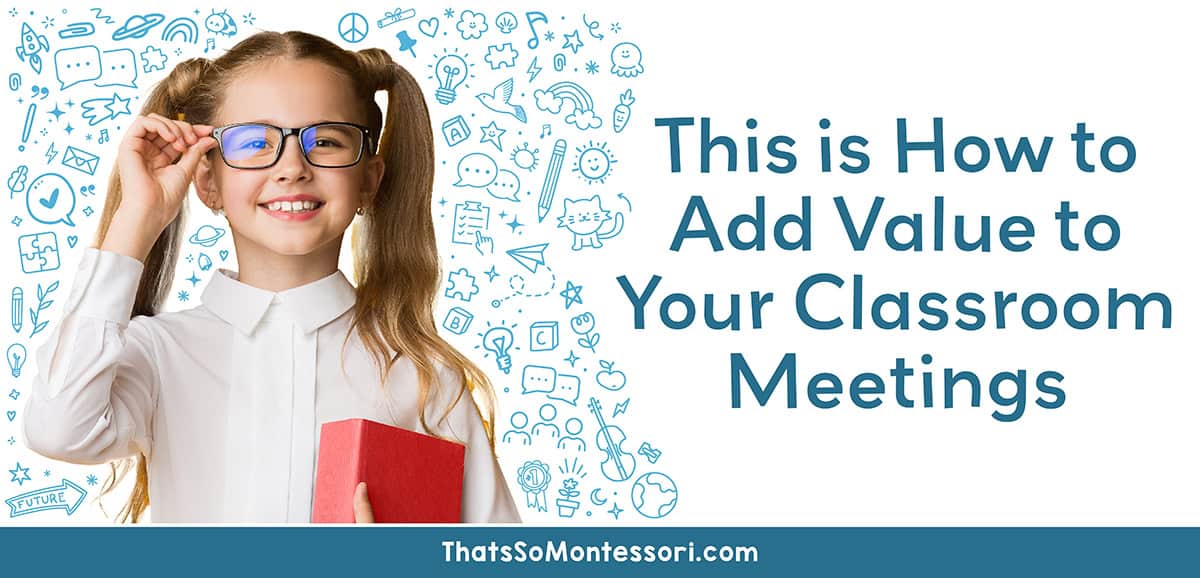This is How to Add Value to Your Classroom Meetings
Elementary educators know that fostering an inclusive and respectful classroom environment is crucial for the emotional and social development of students in the second plane of development. One effective way to add value to your classroom meetings is by incorporating end-of-week peace circles.
These gatherings create a supportive space for students to express their thoughts and celebrate successes. They also provide an opportunity to collaboratively address any concerns, ultimately enhancing the overall classroom experience.
Let’s explore how you can set up an end-of-week peace circle that ensures every student feels heard and valued. But before we get started, let’s take a look at why classroom meetings are so powerful!
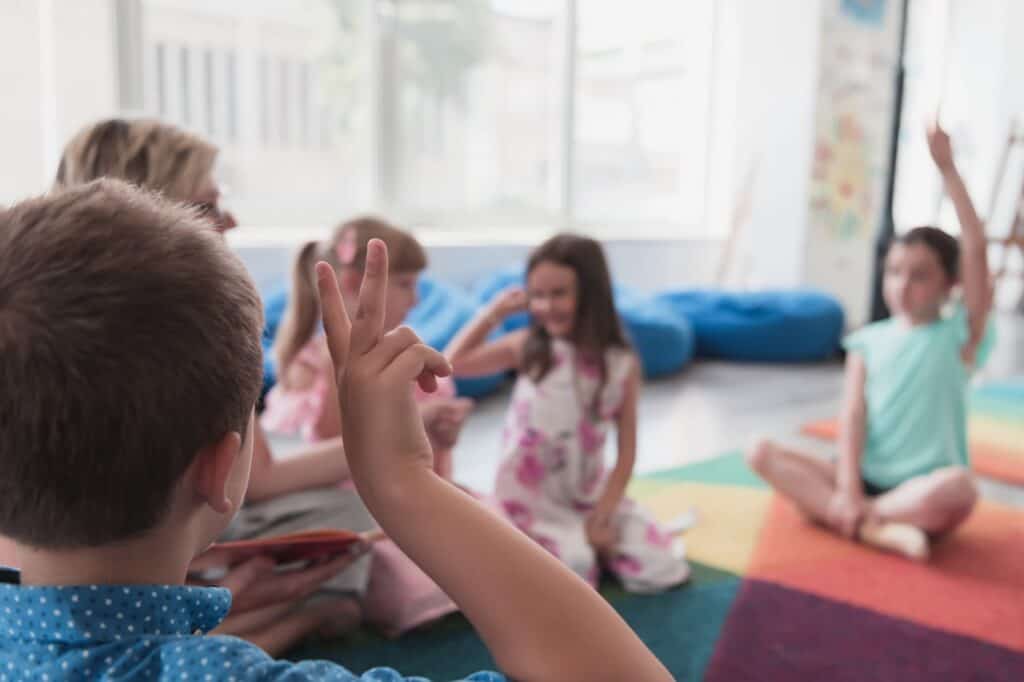
The Purpose of Classroom Meetings
Classroom meetings are a critical tool for building community, trust, and mutual respect among students. These structured opportunities allow students to express their thoughts, share gratitude, and address concerns in a safe, supportive environment. For elementary-aged students, this is especially important as they begin to develop key social-emotional skills, like empathy, active listening, and conflict resolution.
By implementing regular class meetings, you create a consistent space where students can reflect on their experiences, celebrate achievements, and work together to find solutions to challenges. This practice not only boosts communication skills but also instills a sense of responsibility and ownership within the group. Every voice is valued, and students learn firsthand the importance of respecting different perspectives.
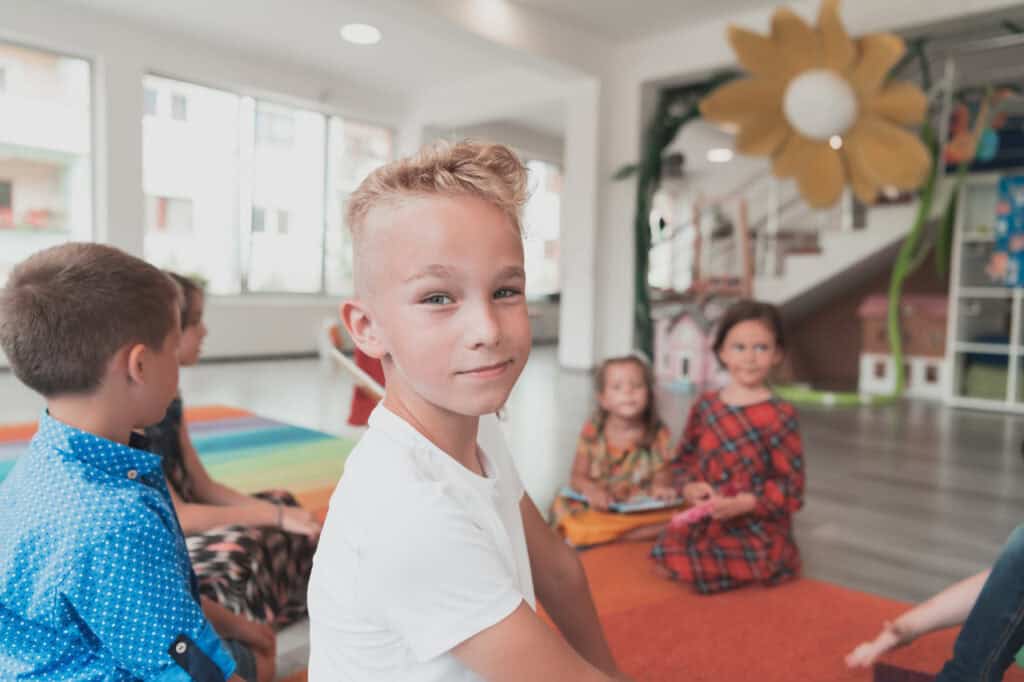
In my classroom, we held several class meetings every week. But the one meeting my students eagerly anticipated was the Friday afternoon peace circle. It was here, gathered in a circle on the carpet, where students unknowingly absorbed some of the most valuable lessons.
The peace circle was a chance to build empathy, practice kindness, understand the power of community, and develop a growth mindset. This simple end-of-week meeting became a cornerstone for developing a classroom environment where everyone felt heard, appreciated, and connected.

The Classroom Peace Circle Explained
A peace circle is a special type of classroom meeting where both students and teachers sit together in a circle, creating an atmosphere of equality and openness. In this setting, everyone faces each other, allowing for direct eye contact, which helps foster trust and mutual respect.
During the peace circle, students have the chance to share their thoughts, express concerns, and listen to their peers without judgement. The goal is to create a space where every student feels heard and valued.
To ensure the meeting runs smoothly, one student takes on the role of an impartial facilitator, famously known to my students as ‘the chair.’ This student leads the meeting, while sitting on a chair of course, encourages respectful dialogue, and helps keep the conversation focused and balanced. The chair of the meeting is not there to solve problems, but to make sure everyone has the opportunity to speak and listen.
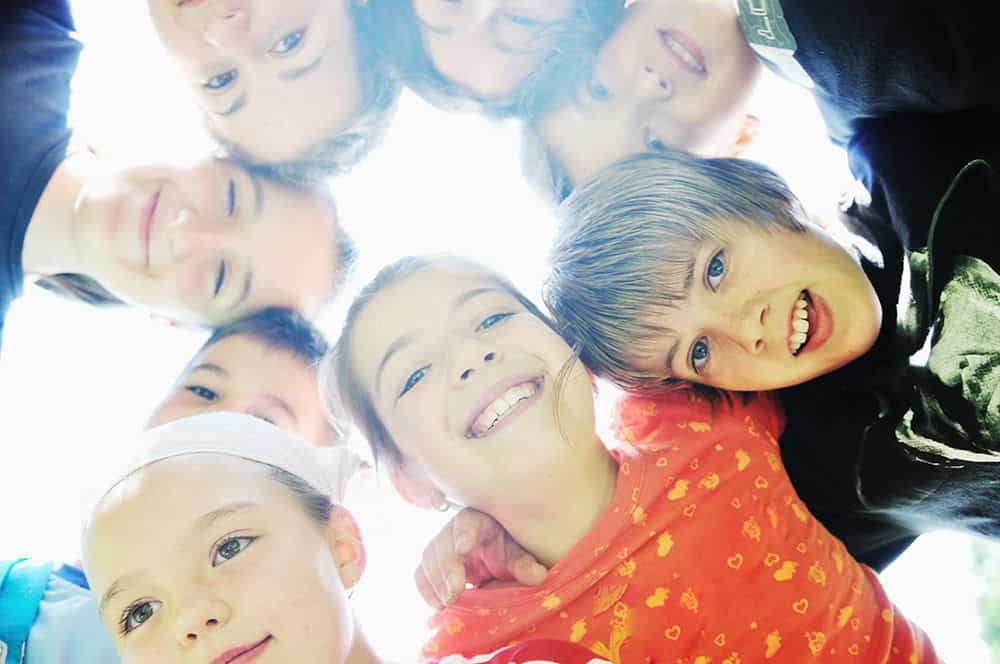
Peace circles are a wonderful way to encourage open communication and welcome every student’s point of view. They provide a safe environment where students can practice empathy, strengthen their conflict-resolution skills, and build a stronger sense of community.
Sounds pretty amazing, right? Here’s how you can implement a peace circle as part of your own classroom meetings!
💡 A peace circle is the perfect time to share inspiring Montessori quotes about peace! Check out our blog, 35 Montessori Quotes for Inspiring Peace, for uplifting quotes that will enrich your peace circle experience.
Setting Up the Peace Circle
Creating a peace circle in your classroom is easy and can have a big impact. With a few simple steps, you’ll have a space where students feel safe to share and listen. Here’s how to get started and make peace circles a regular part of your classroom routine.
The Key Roles in a Peace Circle
In a peace circle, students step into important leadership roles that help shape the meeting’s dynamics. The two key positions are ‘the chair’ of the meeting and ‘the secretary’.
‘The chair’ is responsible for following the set agenda, ensuring everyone has a chance to speak, and creating a space where peers feel heard and listened to.
‘The secretary’ has an important job of taking notes on the key points and concerns discussed during the meeting. This helps keep a record so the group can reflect and follow up in future circles.

Rotate Roles for this Classroom Meeting
To keep the energy high and promote leadership development, it’s essential to rotate the roles of ‘the chair’ and ‘the secretary’ each week. Assigning these roles weekly not only maintains student interest but also ensures that everyone gets a turn to lead and contribute.
By rotating these roles regularly, students gain confidence and develop a sense of ownership over their learning environment, making each peace circle a true team effort. It’s what we like to call “learning in disguise,” as students absorb valuable skills without even realizing it.

Circle Seating
To set up a successful peace circle, begin by arranging all students in a circle. This layout encourages open dialogue and ensures everyone feels equal, as no one is placed in front or behind others. Sitting in this way allows students to easily make eye contact, promoting active listening and fostering a sense of community.
In my class, the students and I would sit on our large blue carpet, while ‘the chair,’ sat on a stool or chair, still within the circle. This arrangement kept everyone on the same level, allowing full engagement and making sure every student had the chance to contribute.
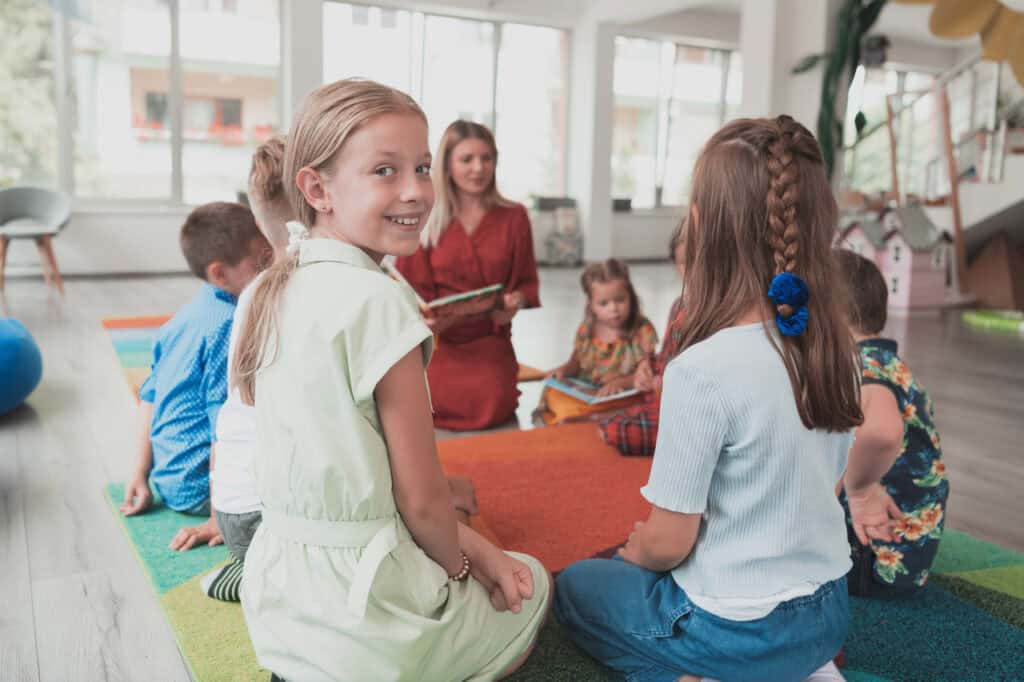
This Classroom Meeting Needs a Structured Agenda
A well-planned agenda gives everyone a voice, keeps discussions focused, and leaves students with a sense of closure and accomplishment as they head into the weekend. Below are the key parts of a classroom meeting agenda for your Friday afternoon peace circles.
Welcome and Smiles
‘The chair’ starts the peace circle by welcoming everyone and inviting students to share something that made them smile recently.
Thank Yous
Then, following the meeting agenda, ‘the chair’ asks if anyone has any thank yous to offer, setting a positive and supportive tone for the rest of the meeting.
Apologies
After the thank yous, ‘the chair’ asks if anyone has any apologies they’d like to make. This gives students a chance to acknowledge mistakes and take responsibility in a supportive environment.
Conflicts
Next, ‘the chair’ transitions to discussing any issues or concerns that have arisen during the week, encouraging students to express their thoughts respectfully and emphasizing the importance of listening to one another. Meanwhile, ‘the secretary’ should take notes on the important points raised.
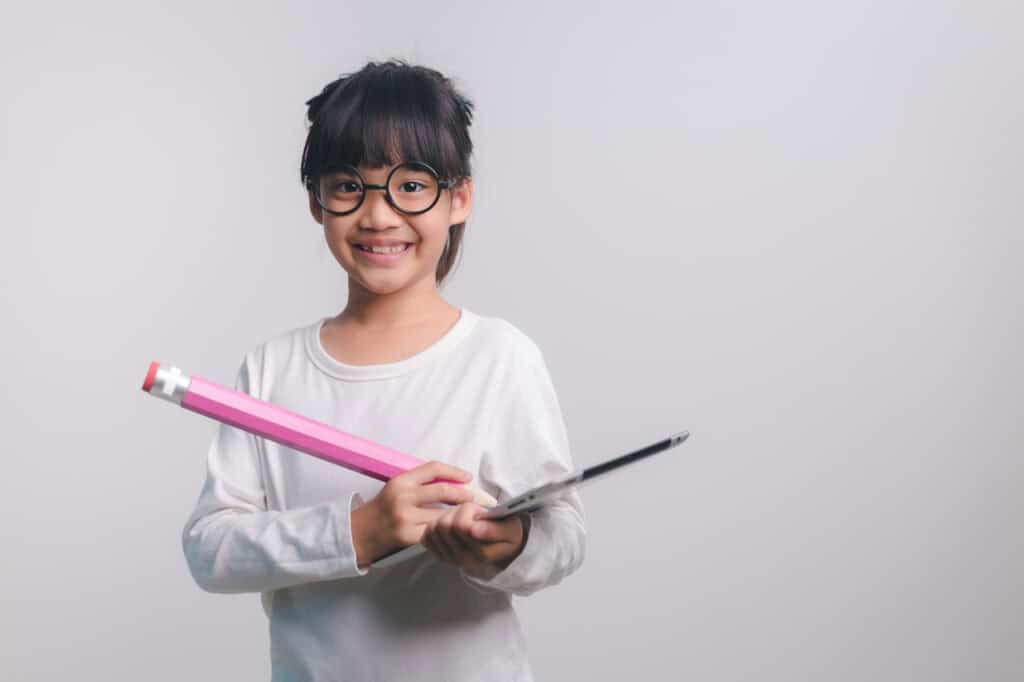
Resolution Brainstorm
After all concerns have been brought up, ‘the chair’ leads a brainstorming session to explore potential solutions, fostering a problem-solving mindset among the students.
Upcoming Events
Following this, ‘the chair’ shares important dates and upcoming school events, ensuring everyone is informed and prepared. This reminder helps keep the class organized.
The Gratitude Jar
Before wrapping up the peace circle, ‘the chair’ takes out the gratitude jar and reads the anonymous notes inside. This is a moment my students eagerly anticipated, as they get to hear about the kindness shared throughout the week. If everything else hasn’t convinced you to start peace circles, the weekly reading of the gratitude jar definitely will! It’s a truly heartwarming part of the experience.
Close the Meeting
As the meeting comes to a close, ‘the chair’ takes a moment to thank everyone for their contributions. ‘The secretary’ then files their notes in a designated spot, ensuring all important points are accounted for. Finally, ‘the chair’ passes the peace circle meeting agenda to the next person in line to lead the next circle.
Use the following steps to create a peace circle agenda for your classroom meetings. This structure will bring calm, focus, and closure to your Friday afternoon gatherings.
Peace Circle Classroom Meeting Agenda
Welcome: Start by saying a friendly hello to the group. This helps make the space feel safe and positive, so everyone feels good about sharing.
Smiles: Ask your peers to share any happy news or good things that happened to them recently
Thank Yous: Invite students to say thank you to anyone who helped them or did something kind.
Apologies: This part of the meeting is a time for anyone to acknowledge any mistakes or actions they might feel sorry for.
Conflicts: Encourage your classmates to bring up any ongoing issues, so they can be addressed as a group with understanding.
Resolution Brainstorm: As a group, come up with fair and caring ideas to solve the conflicts that were talked about.
Upcoming Events: Meeting participants share information on any upcoming classroom or school events to keep everyone informed.
Gratitude Jar: Read the notes from the gratitude jar to the group to let everyone hear what their classmates are thankful for this week.
Close Meeting: Wrap up by thanking everyone for sharing today, and wish them a great weekend ahead!
Gratitude Jar
As noted above, ‘the chair’ takes a moment near the end of a peace circle to read the slips of paper that fill the classroom’s gratitude jar. This simple practice reinforces the importance of recognizing and appreciating the positive aspects of school life.
Throughout the week, students are encouraged to anonymously add their own notes of thanks to the jar. This practice turns gratitude into a continual habit, helping to cultivate a positive classroom atmosphere. By focusing on the good things in their lives, students contribute to a supportive and uplifting environment for everyone.
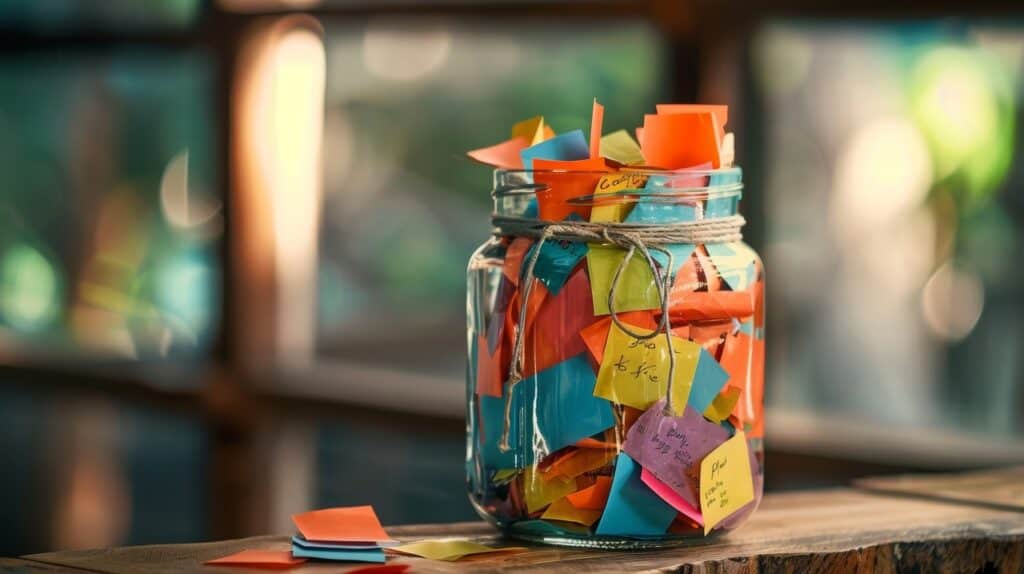
Additional Steps for This Type of Classroom Meeting
On the last Friday of each month, consider incorporating a reflection period within the peace circle classroom meeting where students can share their thoughts on the meeting process and suggest improvements. This additional step ensures that the class meetings evolve based on students’ feedback, making the process more effective and inclusive.
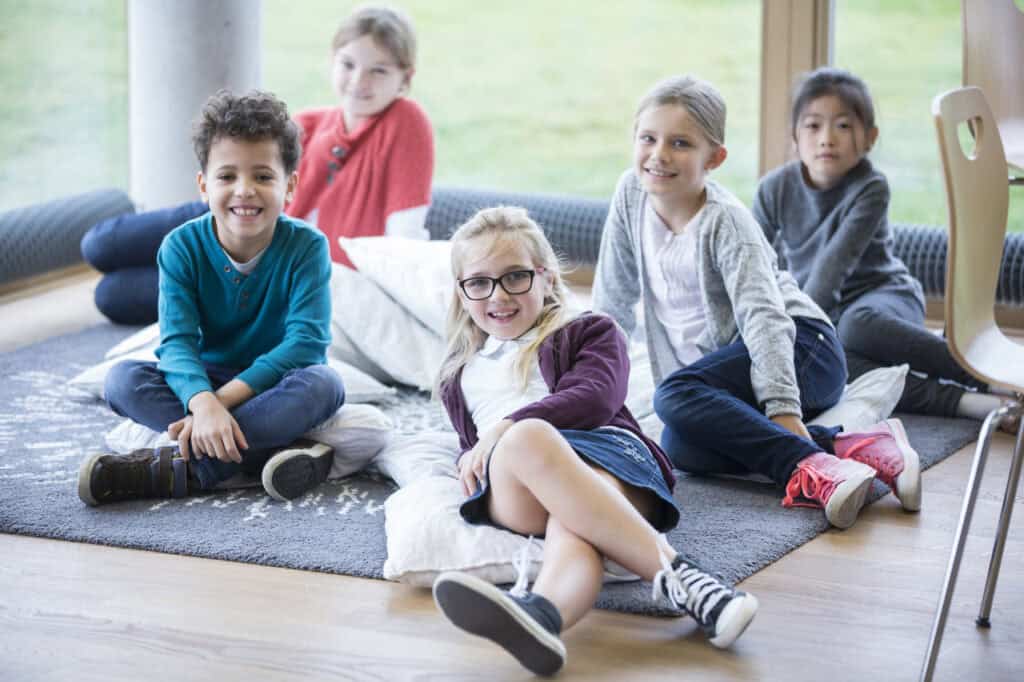
Benefits of Peace Circles
Incorporating peace circles into classroom meetings offers all sorts of positive outcomes that enhance the learning environment. Here are some key benefits of this practice.
Develop Communication Skills
Participating in weekly peace circles helps students articulate their thoughts and listen actively to others. This practice encourages them to express their feelings and opinions clearly while also respecting the voices of their peers.
As they share and respond to each other, students become more confident in their communication abilities, which are vital for both academic success and personal relationships. These skills will serve them well beyond the classroom as they navigate various social situations.
Build Empathy and Respect
By discussing and addressing concerns collaboratively, students learn to empathize with their peers and respect differing viewpoints. Engaging in open dialogue allows them to see situations from multiple perspectives, fostering a deeper understanding of their classmates’ experiences and feelings. As a result, they become more considerate individuals, both in and out of the classroom.
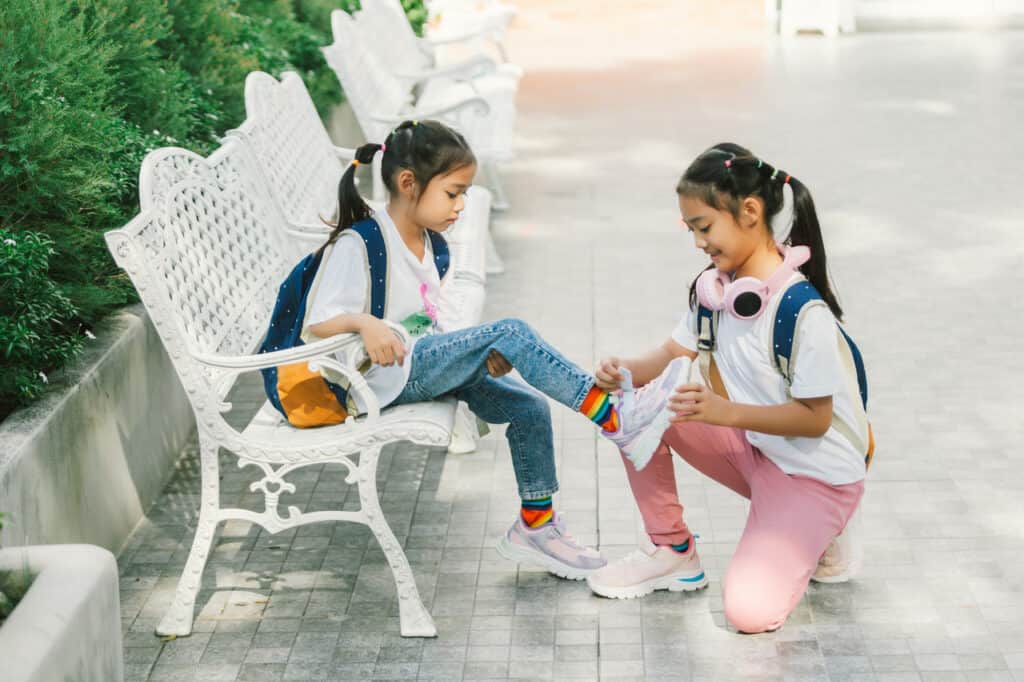
Enhance Problem-Solving Abilities
Working together to find solutions encourages critical thinking and collaborative problem-solving skills. In peace circles, students are presented with real issues that affect their classroom environment, prompting them to brainstorm and discuss potential solutions as a team. They are empowered to take ownership of their learning and see the importance of cooperation and compromise. As they navigate challenges together, they build resilience and learn to tackle problems more effectively in the future.
Foster a Sense of Community
Regular peace circles contribute to a supportive environment where students feel valued and connected. These classroom meetings create opportunities for students to bond over shared experiences and concerns, strengthening their relationships with one another.
As they participate in meaningful conversations, students develop a sense of trust and belonging, which enhances their overall engagement in the classroom. Ultimately, a strong sense of community fosters a positive learning atmosphere that benefits everyone involved.
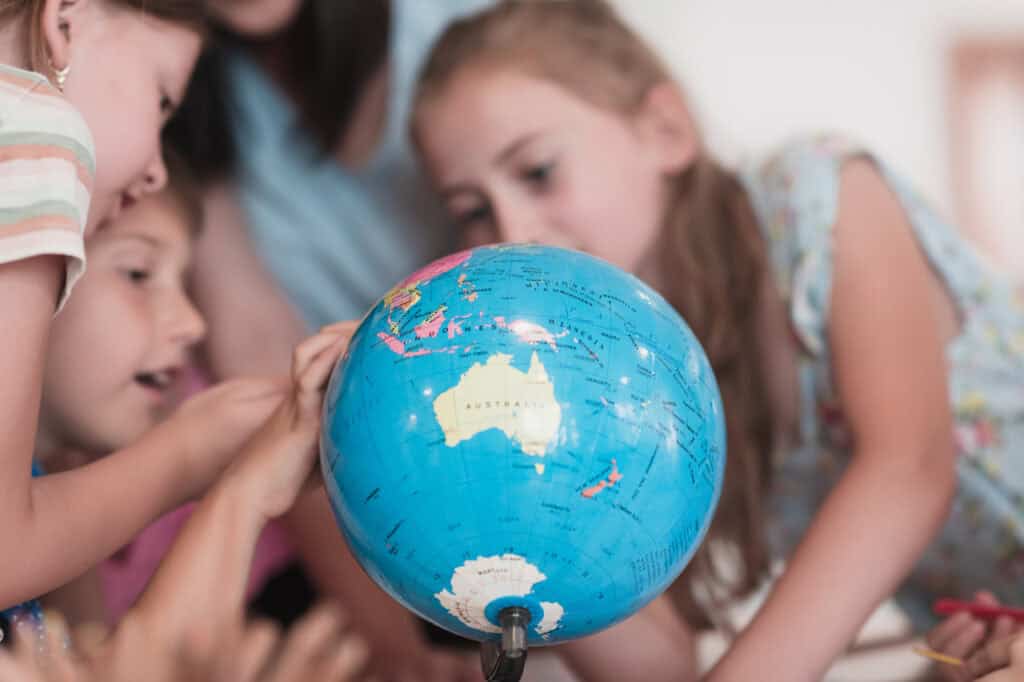
Peace Circles at Home
Peace circles aren’t just for the classroom; they can also be a wonderful practice at home! Implementing peace circles in a family setting creates a safe space for everyone to share their thoughts and feelings.
To set up a peace circle at home, gather family members in a comfortable, quiet area where everyone can see each other. Each week, consider having a different family member lead the meeting, similar to a classroom setting.
‘The chair’ will start by inviting everyone to share something that made them smile, followed by expressions of gratitude and any apologies for past wrongdoings. Next, they will lead a discussion about any concerns or challenges, ensuring everyone has a chance to speak and be heard.
Brainstorm solutions together, promoting collaboration and empathy among family members. This practice not only strengthens family bonds but also teaches valuable communication and problem-solving skills, helping to create a more harmonious home environment.
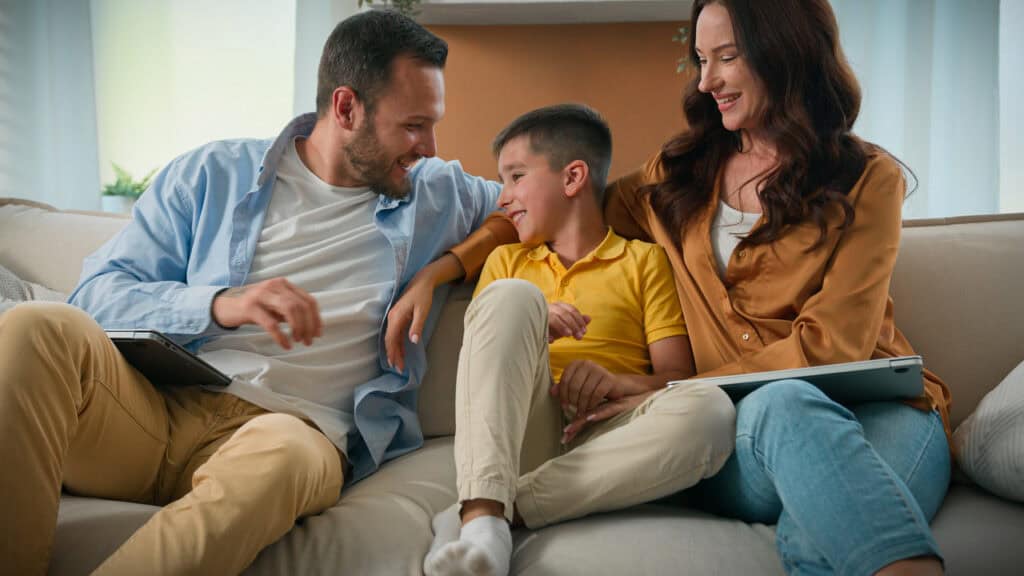
The Wrap-Up: Peace Circles as Classroom Meetings
Incorporating an end-of-week peace circle into your classroom meetings creates a structured yet flexible environment for students to express themselves, address issues, and celebrate successes. By giving students the tools to lead and participate in these meetings, you not only enhance their social and emotional learning but also create a classroom culture of inclusivity and mutual respect.
Implementing a peace circle as part of your regular class meetings can transform your classroom into a space where every student feels heard, seen, and valued. Give it a try, and watch how your classroom community flourishes!
Be sure to Pin 📌 this blog for reference!
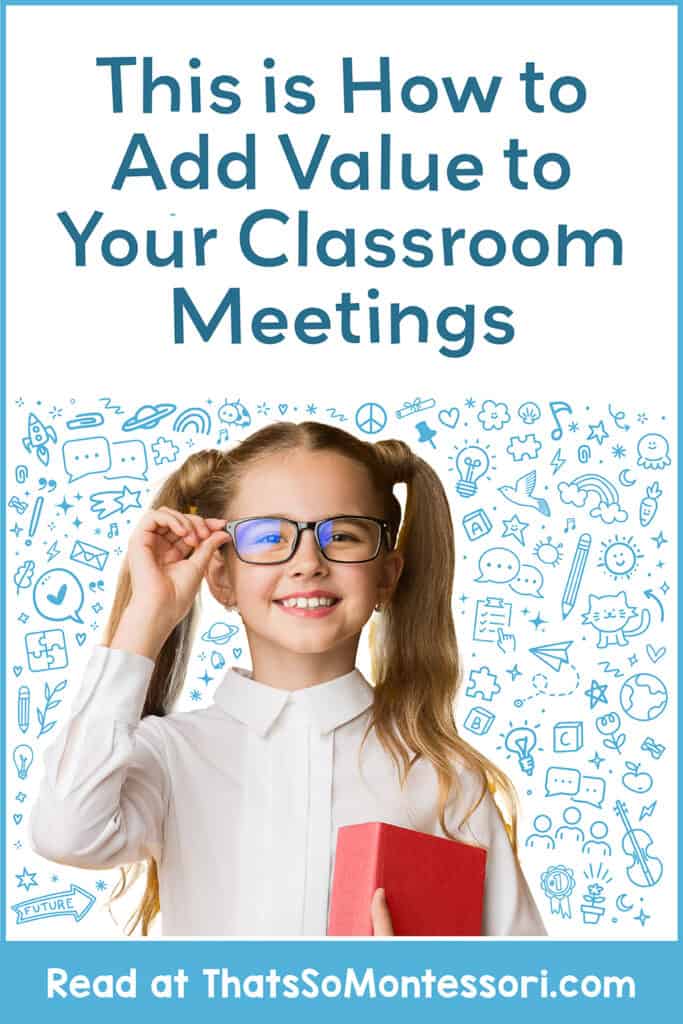
Keep Kids Learning With the Activities in These Blogs
11 Ways to Use Our Roll A Story Dice Game
Book Report Ideas for 5th Grade that Spark Imagination
31 Fun Summer Reading Activities Elementary Students Will Love
57 Epic Montessori-Aligned Spring Break Activities for Your Kids
Rebus Puzzles for Kids: A Comprehensive Riddle-Solving Guide
The Best Neighborhood Walk Scavenger Hunt and 13 Different Ways to Use It
Elevate Elementary Math Skills with This Exciting Math Card Game
Score Big with These 9 Super Bowl Classroom Activities
27 Educational YouTube Channels to Prevent Summer Learning Loss


